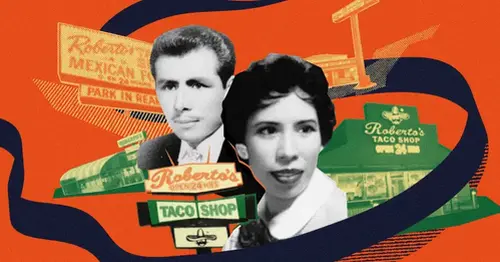
How Roberto's Taco Shop became a Southwest chain, phenomenon
ANAHEIM, California — Roberto's, Alberto's, Filiberto's, Juanberto's ... If you have lived in or around the Southwest states, odds are you've seen a variation of a "Berto's" Mexican fast-food restaurant, the majority possessing an identifiable orange and yellow color scheme and a logo in a cursive font.
Over the years, variations of the restaurant — we'll explain how and why there are so many — are commonly defined by its carne asada burritos, beef tacos and rolled taco combination plate, among other savory Mexican food items.
It’s hard to miss and what you see is what you usually get anywhere there may be one.
The concept originates from Roberto's Taco Shop, a family-owned fast-food restaurant that initially opened its doors to San Diego in the late 1960s.
The founders were Roberto, the shop's namesake, and Dolores Robledo, who immigrated from the small town of San Juan del Salado in San Luis Potosí, Mexico.
One of the nation’s first Mexican fast-food chains, the family-run Roberto’s Taco Shop introduced an innovative blueprint that would spur copycats and imitators in the Southwest and even abroad.
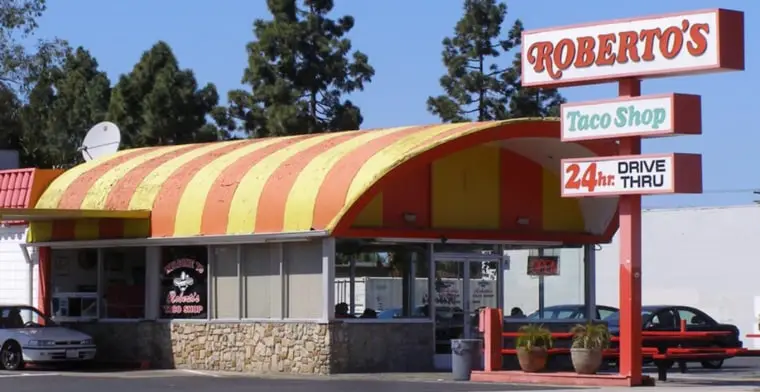
More than 70 variations have been reported across the Southwest states and the majority are owned by people who originate from the same region in Mexico that the Robledos are from. Roberto would encourage family members to work with him and eventually advocated for them to open their own shops once they got familiarized with the system he helped establish.
“My dad was from the frame of thought that this is the land of opportunity. And if you’re willing to work hard, there’s enough business to go around,” recalled Jose Robledo, 52, the youngest of the 13 Robledo children. “He was always there to lend a helping hand to everybody that wanted to get into the business.”
An immigrant American dream
Roberto first came to the United States in the mid 1940s under the Bracero program, which allowed millions of Mexican men to legally work in the country through short-term labor contracts. He would later hold multiple jobs, including being a waiter, working in construction and washing cars on the weekends. When he brought his wife and their children over, Dolores would pack sardines at a cannery and wash hotel industry towels for a linen company.
In 1964, the family purchased two adjacent homes in San Ysidro, near the U.S.-Mexico border. One home was where they lived, the other was converted into a tortilla factory to make corn and flour tortillas to deliver to other restaurants. They also sold bean and cheese burritos, chile verde (green chile) burritos and chile colorado burritos at that time.
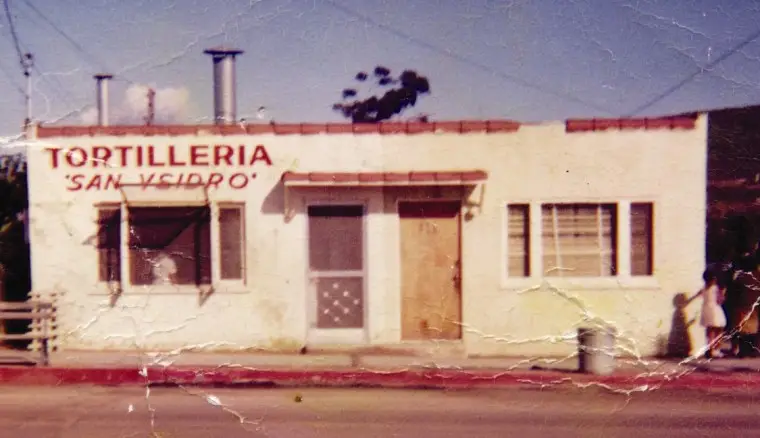
"At first, that’s all they sold," said Reynaldo Robledo, 57, the 12th of the Robledo children.
The Robledos would eventually acquire four businesses and operate them with the original establishment name such as La Lomita and El Gallito.
It wasn't until the fifth shop they purchased, a hamburger joint, that they would rename it "Roberto's #5" under Roberto's name.
"It was the first Roberto's … from there forward, all the restaurants we opened were Roberto's Taco Shop," said Reynaldo, who grew up working in the family business as a cook.
The business became a rite of passage for Reynaldo and his siblings; at the same time, his father encouraged workers from his ranch to open their own shops.
Reynaldo has franchised Roberto’s Taco Shop in Nevada and says there are 60 stores in the region. Additionally, there are also 20 shops in California and one in Texas, all owned by the original family.
But that's just part of it. More than 70 ‘Berto’ variations have been documented across the Southwest — and there's a possibility there are more that aren't using the "Berto's" namesake, according to several family members.
“All of those people are from where my dad’s from,” Reynaldo said.
While other shop owners may become upset about people copying and imitating their own restaurant, Roberto welcomed it.
From Roberto's to Alberto's
Here's how the "Berto's" variations came about.
Roberto prided himself over the fact the restaurants served fresh food made daily, a standard he held at all of the shops he owned and rented others to — and one that continues today by his children. When Roberto found out that relatives weren’t serving food with fresh ingredients at one shop they rented from him, he wasn’t too happy.
"My dad told them to change the name. And that’s where Alberto’s came," Reynaldo said referring to the first variant. "The saying goes that on their building, they had Roberto’s just with block lettering and they just bought a can of paint; changed the R to an A and then half of the O — they just painted half of it to make it an L."
Imitators tend to copy a similar orange and yellow color scheme and a sombrero-related logo formula. Some added green and red colors and others opted for different logo fonts or ditched the sombrero entirely. But the menu stays relatively the same.
Most of the shop's original recipes derive mostly from Roberto and Dolores. Back then, the Roberto's menu was limited.
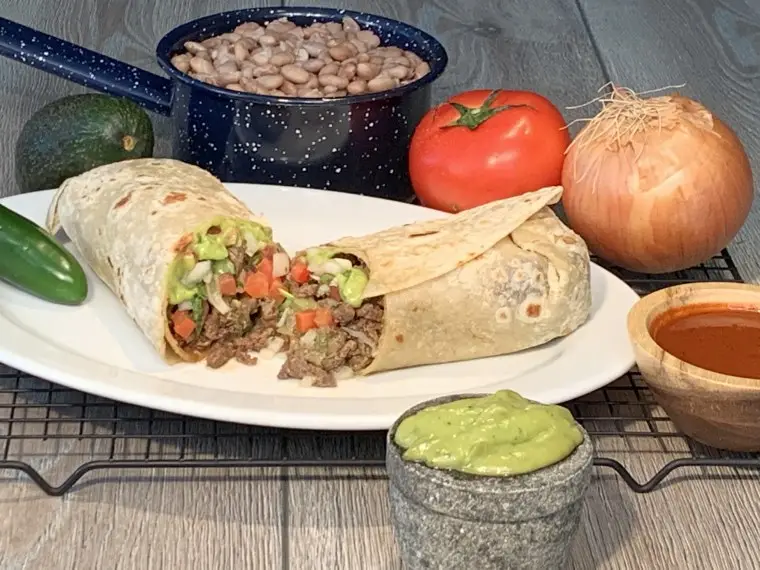
The restaurant initially had six combination plates and four burrito types. There are now 22 combination plates, 12 types of burritos and chicken, fish, shrimp and chimichangas, among other items were later added to the menu. The California burrito, carne asada burrito, rolled tacos and beef tacos are among the shop’s bestsellers.
Laura Torres worked with the Robledo family from 1979 to 1984 at one of the original shops in San Diego. Her aunt Dolores, known as "Doña Lola" to her and others, persuaded her to work in the business after she had difficulty finding work in Chicago.
"I stayed to work with them and I liked it," Torres said in an interview translated from Spanish.
Now 65, Torres owns four Hilberto's Mexican Food shops, two located in San Diego County and two in Glendale, Arizona. All follow a similar model put forward by Roberto's Taco Shop, including the logo, colors, food menu; even the employees are all from the same "little ranch" in Mexico, she said.
The businesses have allowed her to own two homes, a 2017 Range Rover and afford vacations in Cancún, Los Cabos, Spain and Italy.
They've also spurred more variations; "there's an infinity of them now," Torres said.
"It's normal ... People that worked with me, learned and they went on to other states," she said, referring to former longtime employees who moved elsewhere to open their own shops.
Reynaldo said he only sells franchises in Nevada to employees who have worked with the family for a minimum of 10 years. Even now, more than five decades later, he says 95% of them are still people from the same Mexican village that his parents were from.
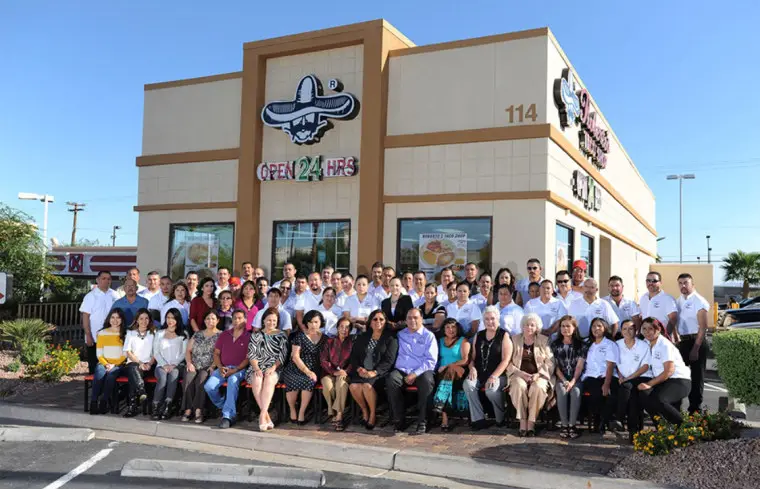
A Mexican food trailblazer — exported abroad
Roberto's Taco Shop has also been recognized for introducing the California burrito, an item that includes french fries, carne asada, guacamole, pico de gallo and cheese. The coveted item has widely become a menu staple in Mexican restaurants in the region. But mystery still remains as to who introduced the item as neither Reynaldo or Jose take credit on behalf of their family.
"I won’t take credit for that. I know we started a rolled taco; we started the carne asada burrito. We started a bunch of stuff but the California burrito, I don’t remember at what age that came in," Reynaldo said.
"California burritos were invented by my nephews at their restaurants. And — many years passed before we started selling them. But now it’s one of our number one sellers," Jose said.
"Who would have ever thought we could sell french fries with carne asada? Back in the late 70s, there was no such thing," Reynaldo said.
While the family had expanded to Miami between 1999 and 2009, the shops were shut down as Reynaldo deemed them too far and out of reach to manage. But Riliberto's, which is owned by Indian American Dhruve Patel — who is unrelated to the family and the ranch most Berto's derive from — is the only known Berto's chain to have restaurants in India and serve masala crunchy tacos, as first reported by the Arizona Daily Star.
Celebrity restaurateur, author and award-winning host Guy Fieri featured a Las Vegas Roberto's Taco Shop and deemed the carne asada burrito "the real deal" on the Food Network show "All-Star Best Thing I Ever Ate". While Fieri has had many carne asada burritos in his lifetime, something was different about Roberto's as "it's simple, straight to the point," he said in the episode that aired. Larry Himmel, a humorist and storyteller, even wrote a poem about the shop and frequently featured the store on the CBS-affiliate KFMB-TV.
For Reynaldo, having the shop featured on TV shows and in the news is a big accomplishment. But it’s a reminder that “you can still come from Mexico and do something for yourself,” he said. “My dad always said ‘all it is, is hard work.’”
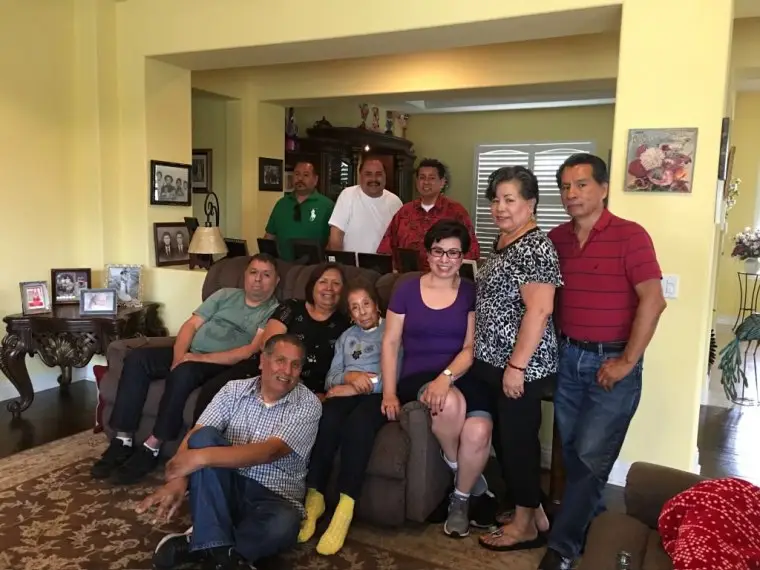
The senior Robledo died in 1999 and Dolores died in 2020. The San Diego Union-Tribune reported that although the couple separated, they remained friends and consulted with each other about the shops. They would set up a trust for their restaurant business and pass it along to their surviving children.
"To this day, we carry that tradition in the sense that, we look at ourselves, we want to make our operation better. We don't really pay attention too much to the competition. We do our own thing and we wish success to everybody," Jose said.






